
Cucurbit Downy Mildew Confirmed in Western NC, July 28, 2021
Cucumber downy mildew (CDM) has been confirmed on cucumber plant samples from a commercial grower in Haywood County, NC. …



El inglés es el idioma de control de esta página. En la medida en que haya algún conflicto entre la traducción al inglés y la traducción, el inglés prevalece.
Al hacer clic en el enlace de traducción se activa un servicio de traducción gratuito para convertir la página al español. Al igual que con cualquier traducción por Internet, la conversión no es sensible al contexto y puede que no traduzca el texto en su significado original. NC State Extension no garantiza la exactitud del texto traducido. Por favor, tenga en cuenta que algunas aplicaciones y/o servicios pueden no funcionar como se espera cuando se traducen.
Inglês é o idioma de controle desta página. Na medida que haja algum conflito entre o texto original em Inglês e a tradução, o Inglês prevalece.
Ao clicar no link de tradução, um serviço gratuito de tradução será ativado para converter a página para o Português. Como em qualquer tradução pela internet, a conversão não é sensivel ao contexto e pode não ocorrer a tradução para o significado orginal. O serviço de Extensão da Carolina do Norte (NC State Extension) não garante a exatidão do texto traduzido. Por favor, observe que algumas funções ou serviços podem não funcionar como esperado após a tradução.
English is the controlling language of this page. To the extent there is any conflict between the English text and the translation, English controls.
Clicking on the translation link activates a free translation service to convert the page to Spanish. As with any Internet translation, the conversion is not context-sensitive and may not translate the text to its original meaning. NC State Extension does not guarantee the accuracy of the translated text. Please note that some applications and/or services may not function as expected when translated.
Collapse ▲
Cucumber downy mildew (CDM) has been confirmed on cucumber plant samples from a commercial grower in Haywood County, NC. …
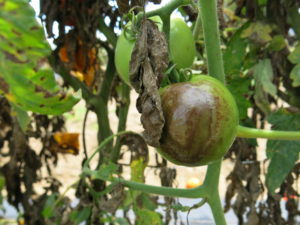
Late blight on tomato has been confirmed near Macon County, NC on July 27, 2021. UPDATE August 3, 2021: The …
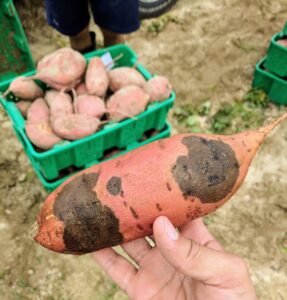
Written by Camilo H. Parada-Rojas and Dr. Lina M. Quesada-Ocampo The United States (U.S.) Environmental Protection Agency (EPA) renewed the …
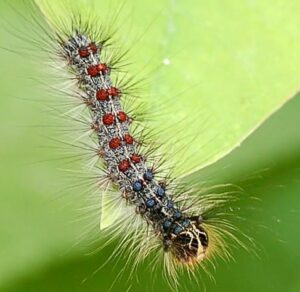
When we think of insects, rarely do we think, “Wow, look at that beautiful Danaus plexippus!” In both conversation …
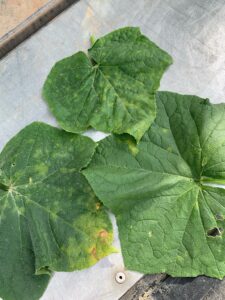
Written by Mariana Prieto-Torres, Mike Adams, Dr. Savithri Purayannur, and Dr. Lina M. Quesada-Ocampo. Pseudoperonospora cubensis, the causal agent of cucurbit …
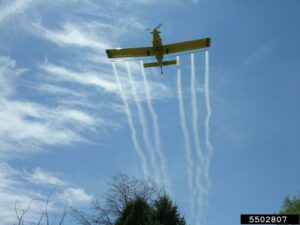
This month, the N.C. Department of Agriculture and Consumer Services is beginning treatments for Lymantria dispar (formerly known as ‘gypsy moth’) at …
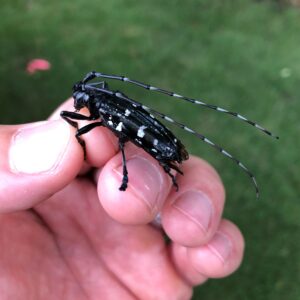
Original article written by Laura Oleniacz for NC State News, published May 25, 2021. If you’re planning to try to …
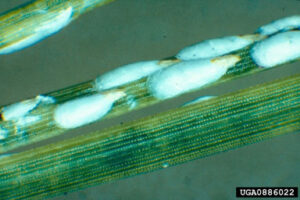
It’s not just baby birds that hatch from eggs each spring. In the next several weeks, pine needle scale …
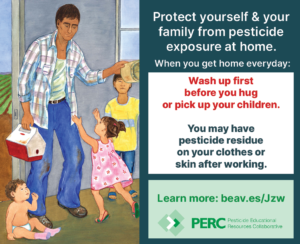
How can you encourage farmworkers and their families to use practices that minimize the risk of pesticide exposure? The …
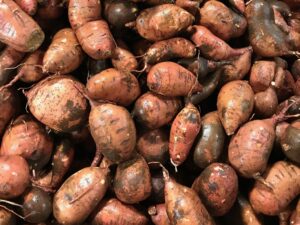
From Camilo Parada and Dr. Lina Quesada-Ocampo In collaboration with the Plant Disease and Insect Clinic at NC State University, …
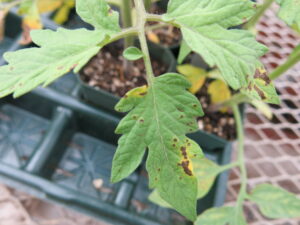
For vegetable growers (both commercial and home gardeners), springtime often brings to mind tomato transplants. However, sometimes diseases occur …
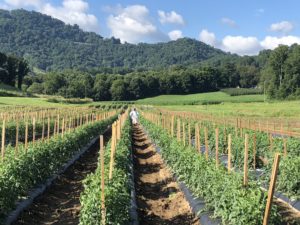
The fungicide spray guides for tomato and pepper are intended for commercial growers and are suggested products or programs …
Supplies of Surflan are limited. I cannot independently confirm the following but this is what I was told by …
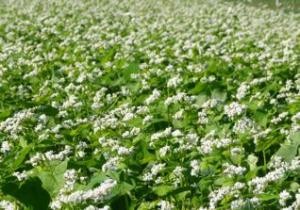
The analysis of the 2020 Cover Crop Survey is available and posted on SARE’s website for viewing. Farmers from …
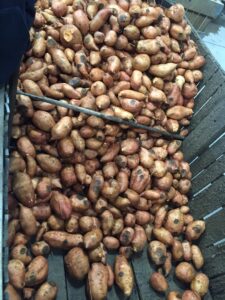
From Madison Stahr and Dr. Lina Quesada-Ocampo Sweetpotato black rot, caused by the fungal pathogen Ceratocystis fimbriata, was found in …
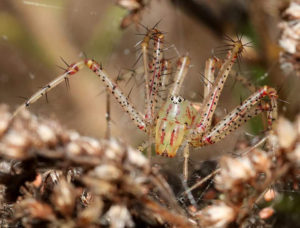
Chatham Conservation Partnership conducted a webinar on SPIDERS on October 15, 2020, and we had a great turnout of about 130 …
Soybean rust was found and confirmed on soybeans in Hyde County, NC. Soybean rust has the potential to cause …
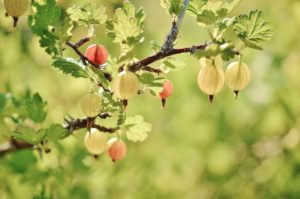
9/16/2020 – (Reviewed 8/28/2024) The short answer is “no.” You cannot legally grow currants or gooseberries in North Carolina. …
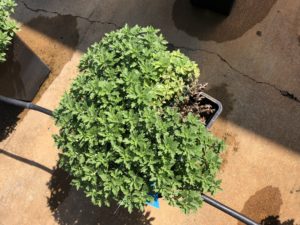
The number of chrysanthemum samples diagnosed with Fusarium wilt this year is well above average, according to NC State …
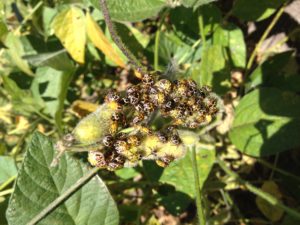
Although stink bugs were light across the state (with a few exceptions) in corn and cotton, it looks like …
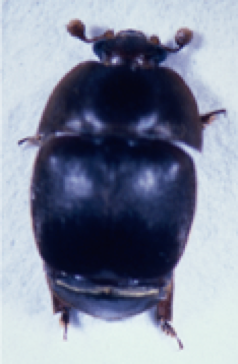
This factsheet describes the small hive beetle, its life cycle and how to prevent infestations …

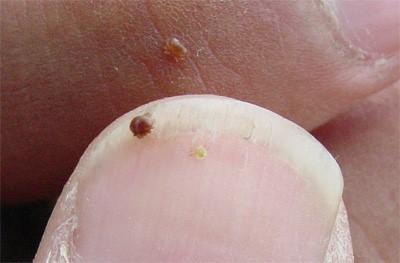
It is the goal of every beekeeper to maintain healthy, productive colonies. This can only …

This manual prepares pesticide applicators for Forest Pest Control Certification exams in the following states: …
To apply restricted-use pesticides to agricultural commodities, you must be certified or be supervised by …

This factsheet offers information on the biology and management of the emerald ash borer, an …

Black root rot impacts a range of woody and herbaceous ornamental plant species primarily in …
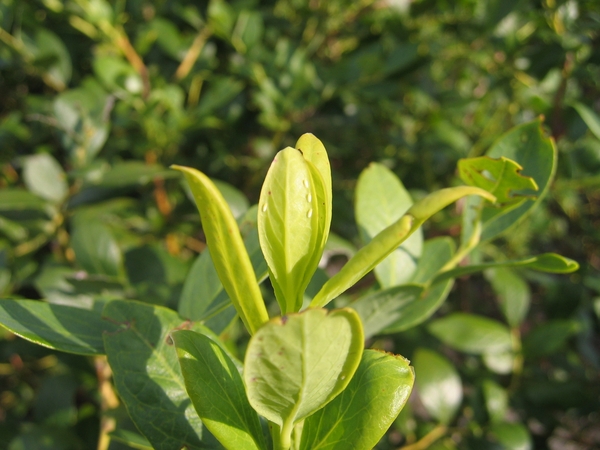
Whiteflies (Hemiptera: Aleyrodidae) are small (< 0.12 inch) and highly diverse insects that feed on …